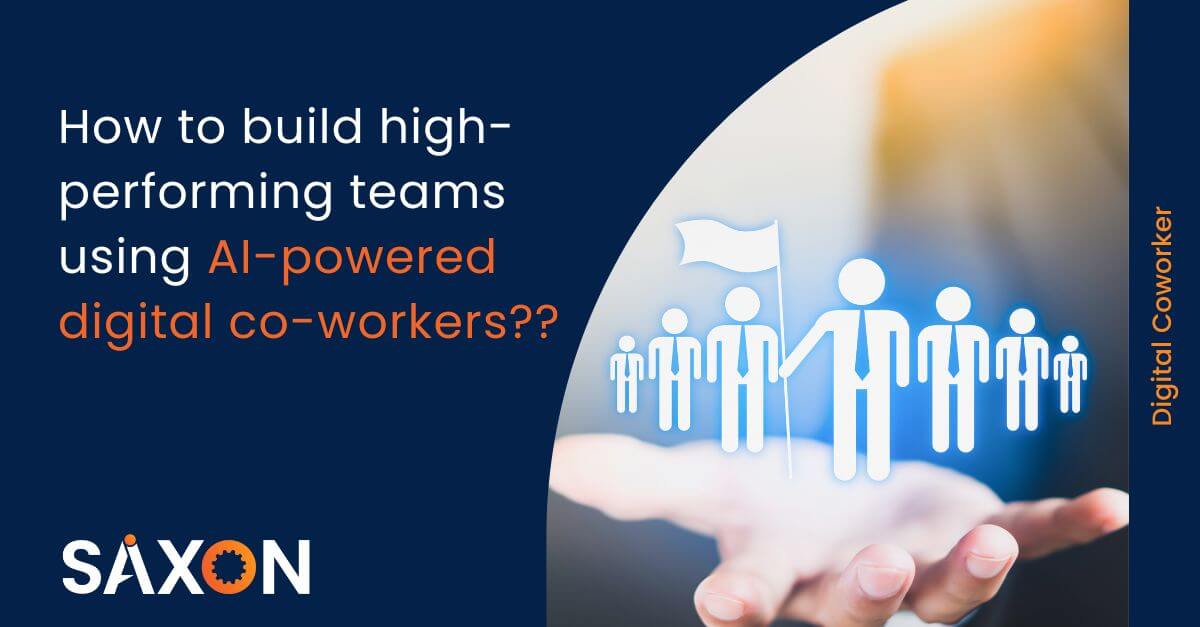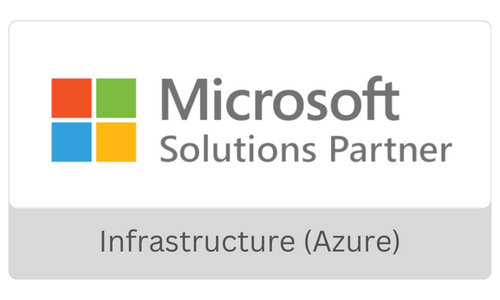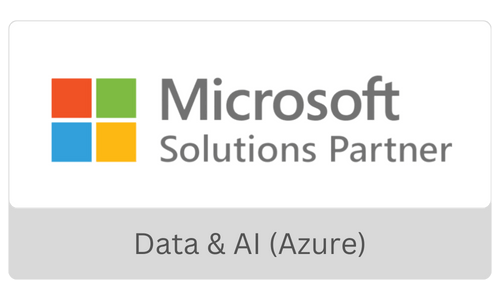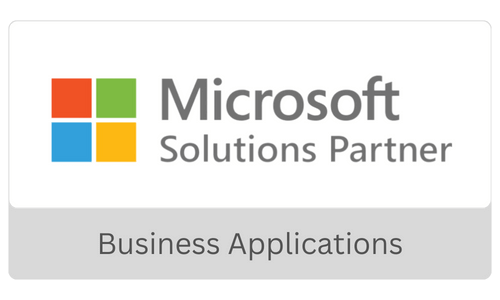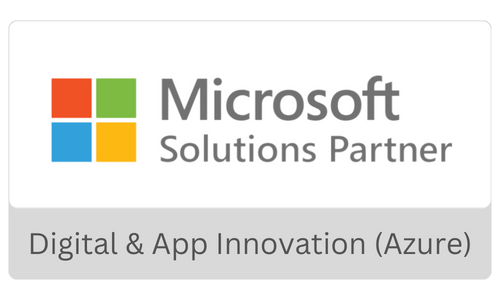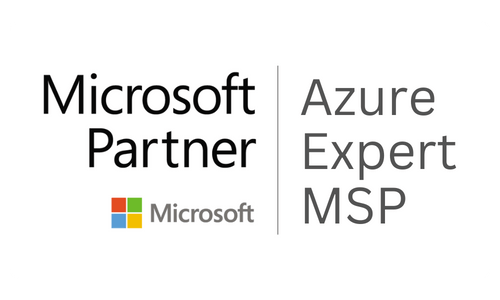In the modern workplace, talent managers are encountering a critical challenge around shrinking employee longevity and growing burnout, eventually impacting productivity. This challenge can stem from both employee and employer sides for reasons they can and cannot control.
Organizations can take this business challenge as an opportunity to revisit their talent strategy and build high-performing, long-standing teams leveraging AI. Humans and the AI-powered digital coworkers are a power combo elevating productivity and performance.
Let’s understand the challenge versus opportunity canvas and learn how digital coworkers can be of quick help.
Shrinking employee longevity and burnout:
Employee turnover is a costly proposition. Zippia’s research found that companies spend $4700 on average per hire. And it takes three to eight months on average for a new employee to become fully productive. But these employees aren’t staying with their employers for long. Whether companies let their employees go or employees leave their jobs, employee longevity impacts the company’s well-being and performance significantly.
Conversely, long work hours and heavy workloads caused by major structural changes during layoffs are a growing threat to workplace productivity and efficiency.
Let’s dig deeper into these issues.
- When employers let employees go:
Economic headwinds are not unusual. Recently, the pandemic created economic stress that put us on the verge of a recession. Currently, soaring inflation and geopolitical tensions are making things worse. During such turbulent times, companies make tough decisions, including handing over pink slips to their employees, to cut costs.
Layoffs seem to be an instant cost savior. However, it also has some downsides to it. The retained employees will have to pick up the extra workload, which increases stress on these employees and impacts productivity. Laying off employees can also have a ripple effect. Harvard Business Review’s study found that laying off one percent of the workforce could increase voluntary employee turnover by 31%.
When the economy bounces back, companies hire people by paying more to attract the best talent. There is also a possibility that companies end up over-hiring people. If another crisis hits, these talent challenges will come full circle.
- When employees leave a company:
Gen Z and millennials account for a large chunk of the present-day workforce. These young people come with preloaded expectations including challenging and fulfilling roles at work with faster career growth. If they don’t feel they are doing valuable work, you will see them walking out. So, if you have mundane tasks done in manual processes, you may experience high attrition rates at your company.
Fun fact: When an employee leaves a company, the company spends at least 1.5X more than the employee’s annual salary. Source: Deloitte
Why is resilience important?
Resilience means the ability to cope with and quickly recover from downfalls. Resilience in talent management means you have high-performing teams that stay with you for the long term. When you have resilience, you will not have to think of downsizing teams during a crisis and competing with others for attracting and retaining talent when conditions are favorable. Your talent teams can focus on nurturing a growth culture.
Companies often overlook the importance of employee longevity and find themselves in the time loop of talent acquisition. Incentivizing employees is not a bad idea to retain employees. However, people are equally prioritizing personal well-being and career growth. You need to address challenges facing employees at the workplace.
Digital transformation is already happening. Everyone, including your competitors, is using digital solutions in their operations. Organizations need to think out of the box. While others are using only humans as an apparatus to execute processes faster, how about having a high-performing team of humans and machines working together for you? This is where AI-powered digital co-workers come into play.
Building resilience with AI-powered digital co-workers:
Enterprise AI has come a long way with underlying technologies such as Natural language processing (NLP), Intelligence character recognition (ICR), Robotic process automation (RPA), etc. These technologies were used solely or in combination with another technology to help humans perform operations. But technological evolution is constant. Now we have digital co-workers that go beyond the existing AI applications.
A digital co-worker is a complete package of Machine learning, Intelligence character recognition (ICR), Analytics, Natural language processing (NLP), and Robotic process automation (RPA) driving outcomes, so that business users end up worrying less about what technology to be out to use.
Digital co-workers eliminate human intervention in repetitive tasks in enterprise operations by learning from data sets. As they work together with their human counterparts, digital co-workers can learn more about their job and execute tasks with the highest degree of accuracy and efficiency. As you automate most of your tasks, you can maintain an optimal team size and eliminate employee burnout.
Keeping humans in the loop (HITL), digital workers are getting trained at a faster pace to deliver superior results, which neither a human nor a machine can deliver alone.
Thus, digital co-workers address the two major problems discussed in the above section. First, they automate tasks and help reduce team sizes. So, you can save on employee costs and enjoy higher productivity. Second, your team members can work on high-value tasks that keep them motivated. As digital co-workers look after mundane or repetitive tasks, your team members can pick up the more productive and skillful activity, keeping them engaged and relevant. It can unlock their true potential and open up new opportunities for your business.
Did you know? Engaged employees are 87% less likely to part ways with a company.
Advantages of using Digital co-workers:
Let’s look at some benefits of incorporating digital co-workers in your workforce:
- Streamlining workflows: AI-powered digital co-workers help you streamline your enterprise operations. They work together with humans and learn what and how to execute a particular process or task. Eventually, owing to its adaptive learning algorithms, it will master the process and invite humans to oversee and handle any exceptions in performing operations.
- Breaking information silos: Digital co-workers connect to different data sources, access data as required, and perform operations on time with accuracy. So, you wouldn’t have operations stalled due to data-related dependencies. The enterprise data landscape is set to improve using digital coworkers.
- Scalability: In conventional ways, you would need to expand your teams as you grow. This incurs additional costs and management challenges. You would also need to invest in the learning and development of the employees. This is an overhead cost to your company. On the other hand, you can scale digital co-workers to match your growing business needs.
- Availability: Digital co-workers are available 24X7. So your people won’t need to spend extended hours and experience burnout. With work from anywhere and anytime culture, a digital assistant or a team member being available round the clock ensures superior service and business continuity.
- Value from day 1: Your new hires would require a month or a quarter time to get hang of the complete process and get fully equipped. With digital workers, organizations can realize the value from day 1. Besides, it can also assist your new hires on the process and policies addressing your training needs.
An example of digital co-workers at work:
For instance, our digital co-worker Tara is a perfect addition to your accounts receivable operations team. The accounts receivable process is highly labor-intensive and detail-oriented. With manual processes, the average accounts receivable days can go up to more than 300 days. In conventional methods, only 20% of your time goes into actual communication with customers regarding collections.
Our digital co-worker Tara can expedite the Accounts receivable processes with a 3X increase in collections productivity. From authenticating bank wires to corresponding with customers to collecting payments to maintaining records, the digital co-worker can automate the end-to-end AR processes. This can result in a 50 percent decrease in operating costs of collection and a 40% reduction in Days sales outstanding (DSO).
At Saxon AI, we are building digital co-workers that can automate your end-to-end enterprise operations. Irrespective of your industry, you can use our digital co-workers for all enterprise operations. You can customize the digital co-workers to match your unique business needs.
To get a first-hand experience of our digital workers and see how they help your business, book a free trial of our digital co-workers.

